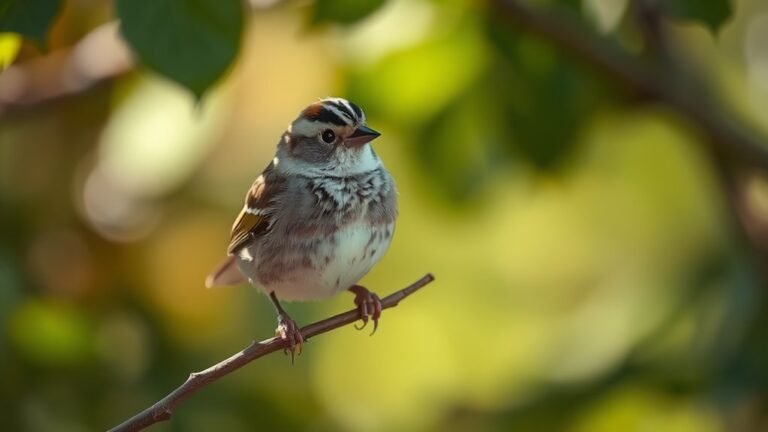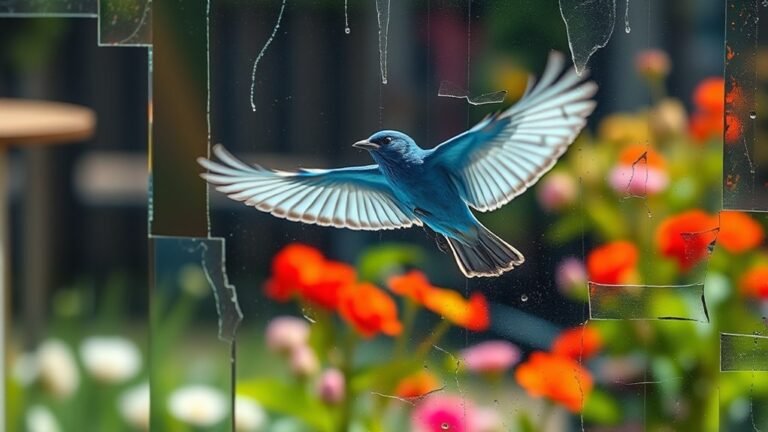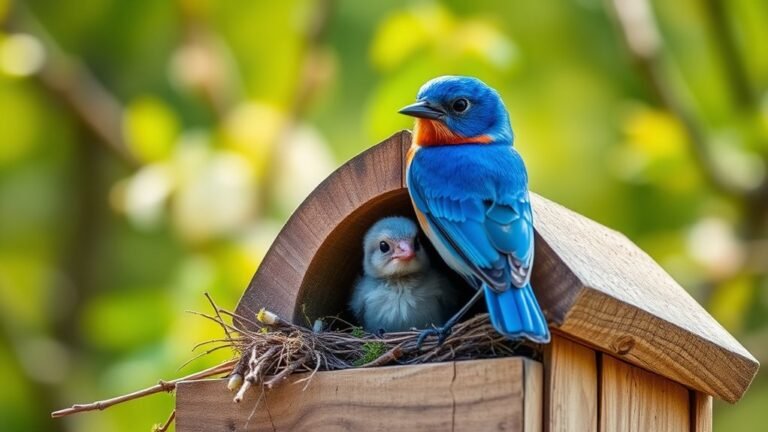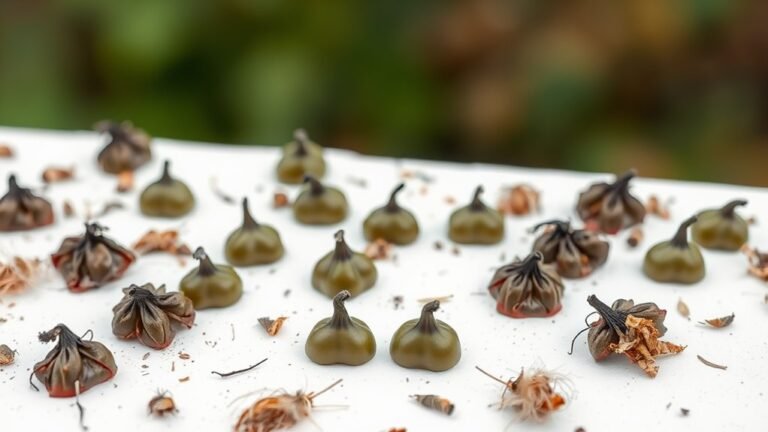What Birds Cannot Fly? Grounded Wonders of the Avian World
Birds that cannot fly are fascinating and diverse. Species like ostriches and penguins have unique features that help them survive in their environments. These flightless birds may have lost the ability to fly, but they have developed strong legs for running or swimming. Their evolution shows how they adapt to their surroundings.
Understanding these birds helps us learn about their roles in ecosystems. For example, ostriches can run fast to escape predators, while penguins are excellent swimmers. However, these birds also face threats such as habitat loss and climate change.
Learning about flightless birds is not just interesting; it highlights the importance of protecting their habitats and ensuring their survival. Their existence captivates us and reminds us of nature's diversity.
Key Takeaways
Flightless birds include ostriches, emus, and penguins. These birds have adapted to their surroundings in distinct ways.
Ostriches are the largest living birds. They can run fast, reaching speeds of up to 45 miles per hour.
Emus live in various habitats across Australia. They can also run quickly, reaching speeds of 30 miles per hour.
Penguins are skilled swimmers. They hunt in cold waters and live in large groups for social interaction and teamwork.
Conservation efforts aim to preserve their habitats and involve local communities to protect these remarkable birds.
The Evolutionary Journey of Flightless Birds
Flightless birds are a fascinating example of evolution. They showcase how species adapt to their surroundings. These birds have lost the ability to fly, which can be beneficial in certain environments. Fossil evidence shows that their ancestors were once capable of flight, indicating significant changes over time.
Many flightless birds thrive on the ground, where they find ample food and face fewer predators. They've developed strong legs for running and foraging.
Learning about these adaptations helps us appreciate the variety of life on Earth and the ways species respond to their habitats. Flightless birds highlight the incredible paths evolution can take.
Ostriches: The Giants of the Ground
Ostriches are the largest birds alive today. They live in Africa and adapt well to different areas like savannas and open woodlands. Their speed and behavior help them avoid predators while they search for food.
- They've long legs that can run up to 45 miles per hour.
- They eat grasses, seeds, and insects as they move around.
- They often gather in flocks, which helps them feel connected.
In the wild, ostriches show interesting social behaviors. Their mates help each other stay safe and provide support.
Watching their interactions gives us insight into their lives and how they survive in Africa.
Emus: Australia's Iconic Flightless Fowl
Emus are unique birds found in Australia. They live in open forests, savannas, and grasslands.
These flightless birds are social and often form small groups. They search for seeds, fruits, and insects to eat. Emus have strong legs that allow them to run fast, reaching speeds of up to 30 miles per hour. This helps them escape from predators.
Their ability to cope with Australia's harsh climate makes them resilient. Learning about emus helps us appreciate Australia's diverse wildlife and the ecosystem.
Penguins: Masters of the Ocean, Kings of the Land
Penguins are unique birds with special skills for swimming and living on land. They primarily live in cold coastal areas of the Southern Hemisphere, where they adapt well to challenging conditions.
- Skilled swimmers: Penguins have bodies and flippers that help them move quickly and easily in the water.
- Social animals: They live in large groups and communicate with each other using sounds. They also help each other raise their young.
- Resourceful hunters: Penguins catch fish, squid, and krill, working together to find food.
With their distinctive waddling and social behaviors, penguins show how nature adapts and thrives in different environments. Their charm and social life make them fascinating creatures to observe and study.
The Role of Flightless Birds in Their Ecosystems
Flightless birds like penguins demonstrate unique adaptations and play key roles in their ecosystems. As ground nesters, they shape soil quality and affect plant growth through their nesting behaviors.
Their foraging and droppings add nutrients to the ecosystem, helping many other organisms thrive. These birds also become prey for various predators, which helps keep the food chain balanced.
The effects of flightless birds reach beyond their direct environment, influencing nutrient cycles and habitat structures. Understanding their significance enhances appreciation for these unique creatures, highlights their connections within nature, and motivates efforts to protect their vital habitats.
Conservation Efforts for Grounded Avian Wonders
Conserving flightless birds is essential for protecting our ecosystems and biodiversity. These birds face many threats, but focused conservation efforts can make a difference.
- Habitat preservation: Safeguarding natural habitats ensures flightless birds have places to live and thrive.
- Species rehabilitation: Programs that breed and reintroduce these birds can help increase their populations.
- Community involvement: Engaging local communities creates a sense of shared responsibility for conservation.
Frequently Asked Questions
What Are the Main Characteristics of Flightless Birds?
Flightless birds have certain key traits. They have strong bodies, smaller wings, and powerful legs. These features help them survive in various environments. Flightless birds show how animals adapt to their surroundings. Their evolution is an interesting example of nature's solutions for survival.
How Do Flightless Birds Defend Themselves From Predators?
Flightless birds protect themselves from predators using camouflage. They blend in with their surroundings to avoid being seen. These birds often stay in groups, which helps them confuse predators. By flocking together, they increase their chances of staying safe. This behavior shows how teamwork contributes to their survival.
Can Flightless Birds Swim Effectively?
Yes, many flightless birds are good swimmers because of their physical features. Penguins, for example, have strong flippers that help them swim swiftly in water. Ducks have webbed feet that make them efficient swimmers as well. These adaptations allow both types of birds to thrive in aquatic environments.
Are All Flightless Birds Related to Flying Ancestors?
Not all flightless birds are directly related to flying ancestors. However, they did evolve from birds that were capable of flight. Migration patterns throughout history shaped their adaptations. This led to the development of diverse species in different environments. This showcases the intricacies of nature's evolution.
What Adaptations Help Flightless Birds Find Food?
Flightless birds have specific adaptations that help them find food. Their strong legs allow them to move quickly on the ground. Their unique beaks help them reach different types of food sources. These features help flightless birds survive in various environments even though they cannot fly.

Ava is a bird enthusiast and nature lover who has spent countless hours observing and learning about the fascinating world of birds. With a passion for sharing her knowledge and inspiring others to appreciate the beauty of birds, Ava writes about her experiences and insights on avianadmirer.com.







